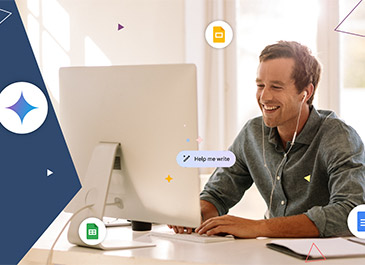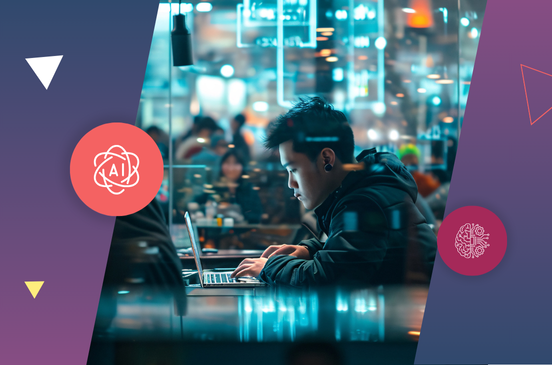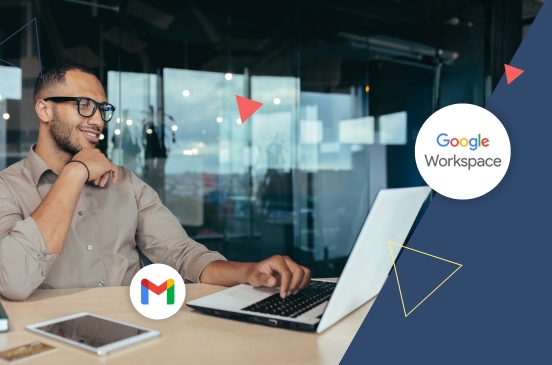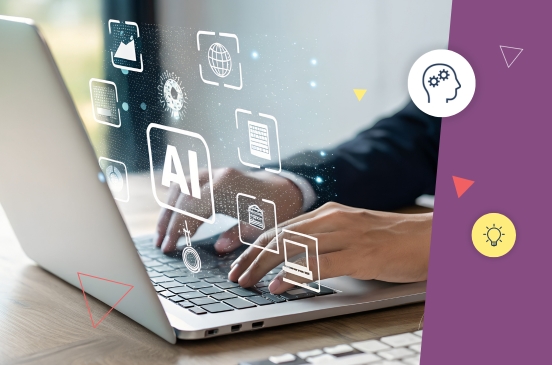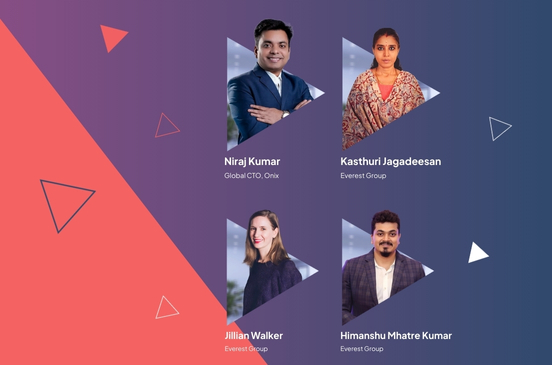Modern libraries continue to serve the same purpose for their patrons as before. However, in the age of digital technology, they cannot persist with “traditional” library solutions. There’s an urgent need for digital transformation in libraries to maximize the impact of technology on their customer experience.
Here’s a look at some of the challenges facing public libraries – and how Google Workspace can modernize them for efficiency and customer engagement.
5 challenges facing public libraries
Here are some of the common challenges due to outdated systems in traditional libraries:
- Disconnected systems can disrupt collaboration.
Legacy systems in public libraries are often “siloed” and disconnected from other systems. This can lead to limited data sharing and collaboration among library staff across departments. Effectively, disconnected systems can seriously impact community-level services and planning efforts, thus leading to inefficiencies and waste. - Outdated systems can limit customer engagement.
Library patrons like to engage in person or through the digital medium. Outdated systems can limit the level of customer engagement and online library services. For instance, patrons who can only access digital library services are limited in their engagement and participation. This can bring a digital divide in the local community. - Traditional libraries cannot innovate their services.
Legacy infrastructure or manual systems cannot deliver innovative services that modern patrons expect from them. This includes innovations like virtual tours, online learning resources, and visually appealing digital content. This lack of innovation can frustrate most patrons, thus impacting their patronage. - Legacy systems cannot ensure data security and accessibility.
Public libraries host a large volume of sensitive data, such as patron information. Through legacy systems, libraries are challenged to protect this data from “smart” hackers and sophisticated attacks. Similarly, legacy systems cannot ensure the accessibility of digital resources and library services to patrons who require accommodations. - Public libraries often work with limited budgets.
Public libraries working with limited financial budgets are constrained to upgrade their systems to meet customer demands. At the same time, outdated systems or technologies consume a lot of their IT budget and time – thus diverting their focus from innovative public services and community initiatives.
Next, let’s discuss how an AI-powered Google Workspace can bring about digital transformation in public libraries.
Digital transformation in modern libraries
Modern libraries have evolved beyond their traditional role. Here’s an example of how the Georgia Public Library used Google technology to improve their staff and patron experience.
Libraries are fast modernizing towards becoming technology hubs, digital learning centers, and collaborative spaces for their patrons. Modern library technology is replacing outdated legacy systems that present challenges like:
- Operational barriers
- Limited innovations in library services
- Lack of community engagement
Here are 5 ways in which an AI-powered Google Workspace can transform traditional libraries:
-
Real-time collaboration among library staff
Non-integrated legacy systems in traditional libraries can hinder efficient collaboration and services from library staff.
With its suite of business applications, such as Google Docs, Slides, and Meet, Google Workspace can deliver real-time collaboration among staff and patrons in areas such as creating new library programs and collecting books.
Further, the AI-powered Google Gemini can boost team collaboration by automating manual tasks and summarizing insights from information. This allows library employees to focus on more strategic programs and initiatives.
-
Online engagement for library patrons
While legacy technology tools hinder patron engagement due to a lack of online engagement, Google Workspace brings modern libraries multiple digital capabilities, such as:
- Virtual tours using the Google Vids tool.
- Online tutorials and courses for patrons.
- A rich repository of community experiences and stories.
This helps libraries improve their patron experience by extending their reach beyond the physical space.
-
Flexibility and scalability
As compared to traditional on-premises systems, Google Workspace offers libraries a scalable, flexible platform that can accommodate new digital services and resources. This powers libraries to expand their community services and easily adapt to technological innovations.
-
Data security
As compared to legacy systems, Google Workspace offers improved data security for libraries with measures like:
- Advanced data encryption
- Access control
- Threat detection and prevention
- Easier accessibility for users (with special challenges), thus promoting digital equity
Additionally, Google Workspace delivers regulatory compliance that aligns with data security & privacy.
-
Cost efficiency
As a cost-efficient cloud solution for libraries, Google Workspace enables improved productivity and scalability even with limited budgets. With this tool, public libraries can reduce their total cost of ownership (TCO) and improve their staff productivity – while working with limited resources.
Conclusion
In summary, public-sector services like libraries need digital transformation to improve their customer service and engagement. With a cloud-powered tool like Google Workspace, they can easily overcome industry challenges like limited resources, budgets, and a lack of collaboration.
As a Google Cloud partner, Onix has worked with multiple public sector agencies and delivered customized cloud solutions to improve their customer experiences and operations. Here’s a recent case study of how Onix enabled the University of Notre Dame to improve their collaboration using Google Workspace.
Do you want to know how Google Workspace can work for your public sector enterprise? Get in touch with us today.



